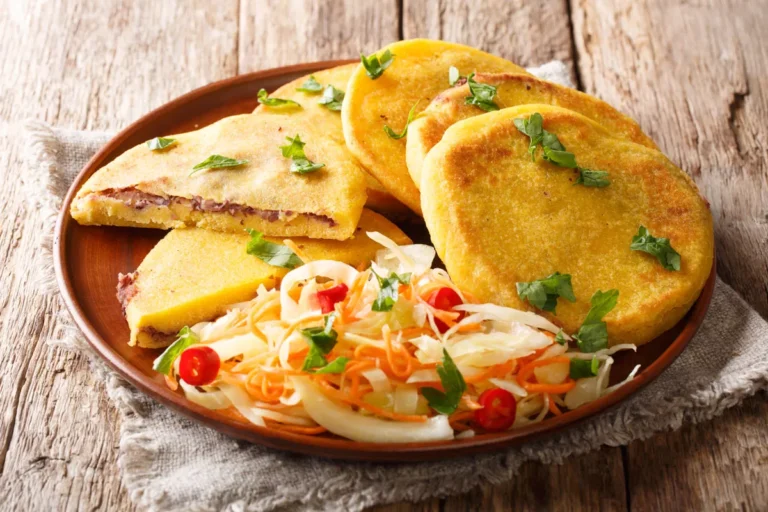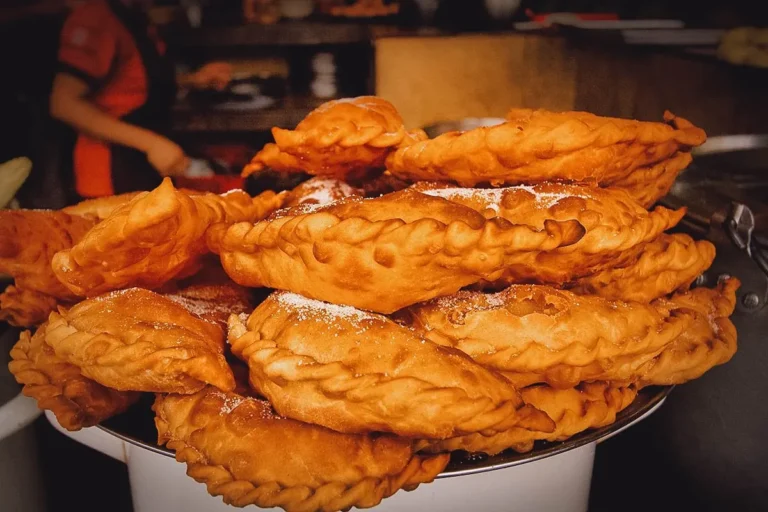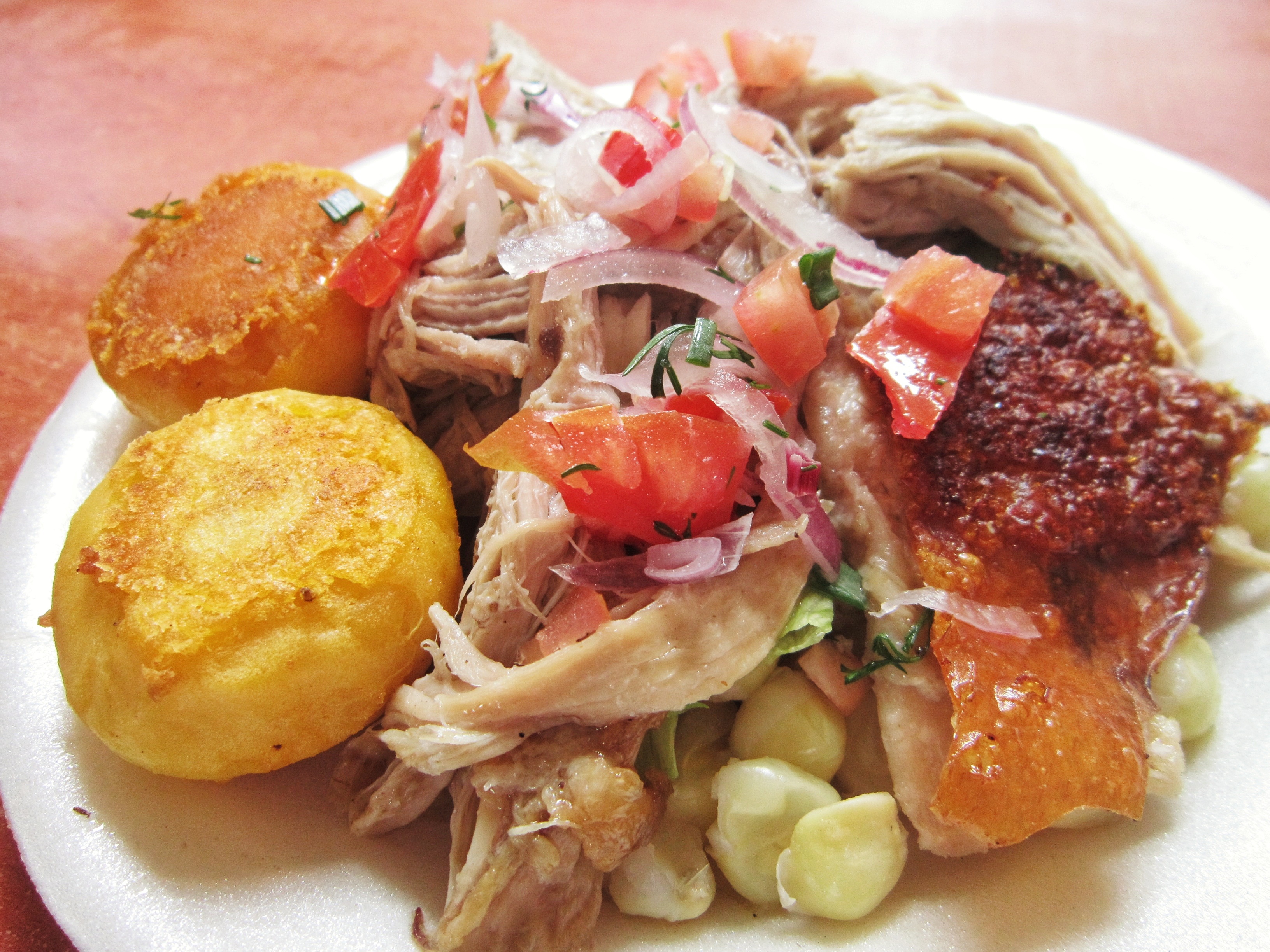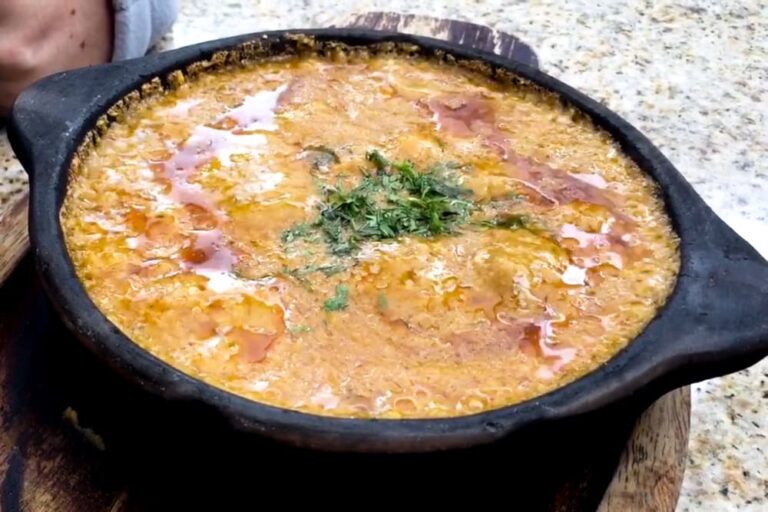Introduction: Ecuadorian Cuisine
Ecuadorian cuisine is a diverse and flavorful blend of indigenous and foreign influences. It is a reflection of the country’s varied topography, climate, and cultural heritage. The cuisine includes a wide range of dishes, from hearty soups and stews to fresh seafood and exotic fruits. Ecuador is also known for producing high-quality chocolate and coffee.
History and Influences
Ecuadorian cuisine has a rich history that dates back to pre-Columbian times when the indigenous people of the Andean region cultivated crops such as potatoes, corn, and quinoa. The arrival of the Spanish brought new ingredients such as rice, wheat, and meats, which were incorporated into local dishes. The African slave trade also contributed to the cuisine with the introduction of plantains and yucca. Ecuadorian cuisine has also been influenced by neighboring countries such as Peru and Colombia.
Regional Differences in Ecuadorian Cuisine
Ecuador is divided into four distinct regions: the Andes, the coast, the Amazon, and the Galapagos Islands. Each region has its own unique cuisine, influenced by local produce, climate, and cultural traditions. In the Andean region, dishes such as locro de papas (potato soup) and hornado (roasted pork) are common. On the coast, seafood is the highlight, with ceviche and encebollado (fish stew) being popular dishes. The Amazon region is known for its exotic fruits and grilled meats, while the Galapagos Islands offer fresh seafood and unique local ingredients such as giant tortoise meat.
Common Ingredients in Ecuadorian Cuisine
Some of the common ingredients in Ecuadorian cuisine include potatoes, corn, rice, beans, plantains, yucca, meats, and seafood. Ecuador also produces a wide variety of exotic fruits such as passion fruit, guava, and pitahaya. Spices such as cumin, achiote, and cilantro are commonly used to flavor dishes.
Popular Ecuadorian Dishes
Some of the most popular dishes in Ecuadorian cuisine include ceviche, locro de papas, encebollado, arroz con pollo (chicken and rice), and empanadas. Ecuador is also known for its street food, such as llapingachos (potato pancakes), churrasco (grilled meat), and humitas (corn tamales).
Exploration of Signature Dishes
While there is no single dish that can be considered the signature dish of Ecuadorian cuisine, there are several dishes that are widely recognized as being representative of the country’s cuisine. These include ceviche, which is a seafood dish marinated in lime juice and served with onions, tomatoes, and cilantro. Another popular dish is locro de papas, which is a hearty potato soup made with cheese, avocado, and chili peppers.
Conclusion: Are there any Signature Dishes?
While there is no single dish that can be considered the signature dish of Ecuadorian cuisine, the country offers a rich variety of dishes that reflect its diverse history and cultural heritage. Each region has its own unique cuisine, and Ecuadorian dishes are characterized by their use of fresh, local ingredients and bold flavors.
Final Thoughts on Ecuadorian Cuisine
Ecuadorian cuisine is a fascinating blend of indigenous and foreign influences, resulting in a diverse and flavorful cuisine that is sure to satisfy any food lover’s palate. From hearty soups and stews to fresh seafood and exotic fruits, Ecuador has something to offer everyone. Whether you’re exploring the Andes, the coast, the Amazon, or the Galapagos Islands, be sure to try the local dishes and experience the flavors of Ecuador.










